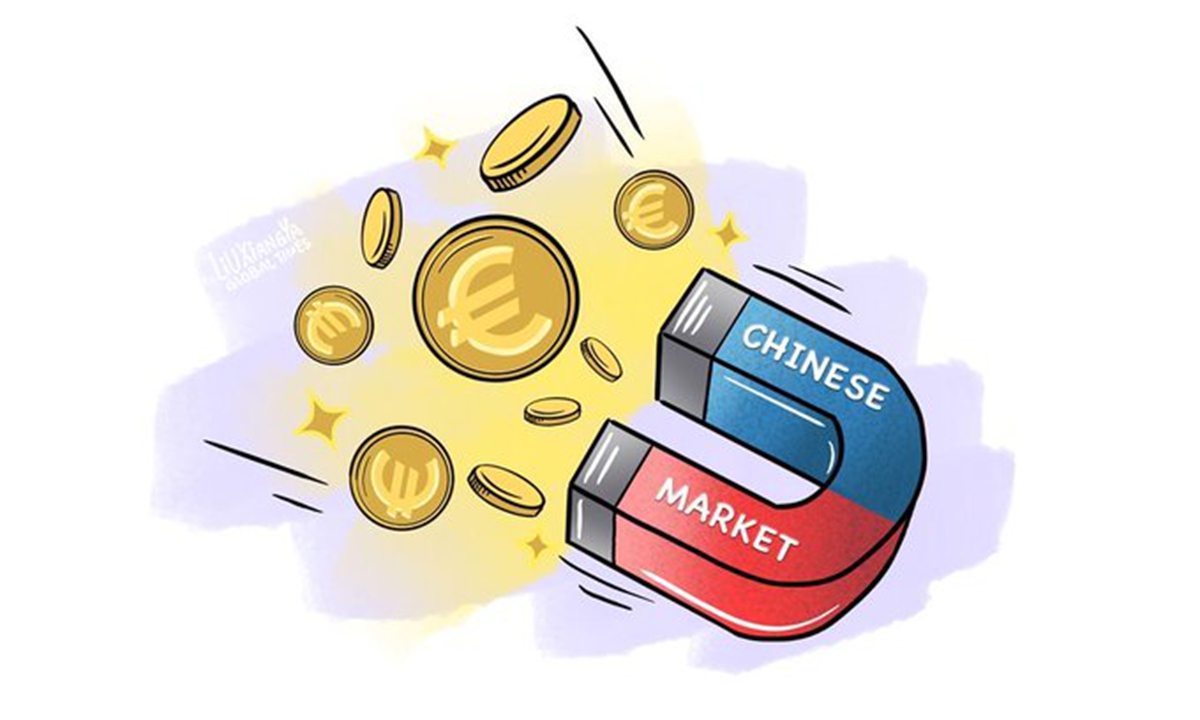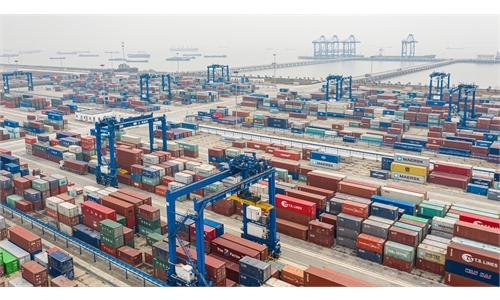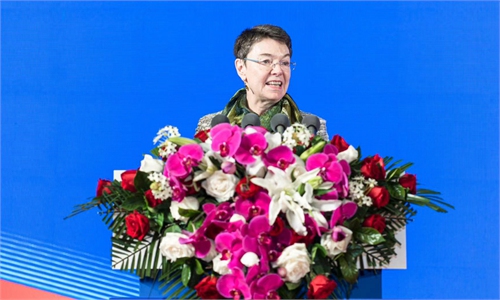
Illustration: Liu Xiangya/Global Times
Germany has shown a growing interest in strengthening economic ties with Southeast Asia. It is crucial that this cooperation is based on mutual benefits and win-win outcomes, rather than being driven by political agendas that could lead to a split of supply and industrial chains connected to China.German Chancellor Olaf Scholz met with leaders of Malaysia, the Philippines and Thailand last week, a development that some German media outlets claimed represents the German government's aim to diversify trade relations in Asia and become less dependent on China.
For instance, the Chinese website of German publication Deutsche Welle published an article on Friday headlined "Scholz's speed dates: Looking for Southeast Asian partners to replace China?"
While topics like Southeast Asia replacing China may be attention-grabbing, given some Western politicians' pursuit of so-called de-risking, it is irresponsible to play up such a topic when it lacks much practical basis.
Anyone who is familiar with China-Germany trade data will understand how far-fetched the topic is. Despite various geopolitical headwinds in recent years, China remains Germany's most important trading partner, and bilateral trade far exceeds Germany's trade with the three Southeast Asian countries.
In 2023, Germany's trade in goods with the three Southeast Asian countries totaled a mere 38 billion euros ($41.4 billion), while bilateral trade between China and Germany reached 299 billion euros in 2022 and 253 billion in 2023.
The Asian industrial chain is a complete one, with all countries in the region depending on each other and promoting each other's development. China and Southeast Asia have long shared a mutually beneficial relationship, and both sides are willing to push economic and trade cooperation to a higher level. With the implementation of the Belt and Road Initiative and the Regional Comprehensive Economic Partnership, industrial chains in China and ASEAN are expected to be further integrated.
It is true that in recent years, with rising labor costs in China, some labor-intensive manufacturing industries have shifted to some Southeast Asian countries, but many of those shifts are the results of China's industrial chains being extended due to various factors.
The rise of Chinese exports of intermediate products and machinery equipment to ASEAN demonstrates the extension of industrial chains. The shift is in line with the general direction of accelerating industrial upgrading and transformation in China, and it also contributes to the prosperous development of Southeast Asia. It helps Chinese companies by reducing the pressure of rising domestic labor costs and growing trade protectionism against China.
The China-Association of Southeast Asian Nations Free Trade Area (CAFTA) took effect many years ago and contributed greatly to the liberalization and facilitation of trade among the 11 countries that signed it.
China still aims to upgrade the liberalization of trade and investment with ASEAN and is trying to work with ASEAN to conclude negotiations for version 3.0 of the CAFTA as soon as possible, according to the Xinhua News Agency.
Apparently, ASEAN is in the process of trade integration and mutual development with various countries and regions. ASEAN's deepening trade cooperation with any country will only bring more cooperation potential for China, instead of substituting for it.
For instance, Germany - which has not signed a free trade agreement with China - could enjoy market dividends in China through some Southeast Asian countries, while China could make use of its partnership with ASEAN countries when it comes to entering the EU market.
During the rise of Asian economies, the emphasis should always be on how to expand the space for cooperation and promote integration, instead of pursuing narrow-minded replacement, which will only lead to vicious competition and more conflict. No country can completely replace another in the global industrial chain.
It is a positive development if Germany is genuinely committed to enhancing cooperation with Southeast Asian countries. This collaboration can act as a stepping stone, rather than a replacement, for Germany's partnership with China, potentially opening up more opportunities and prospects for the prosperity and development of Asia. It would be self-defeating if one aims at driving a wedge between China and ASEAN.



